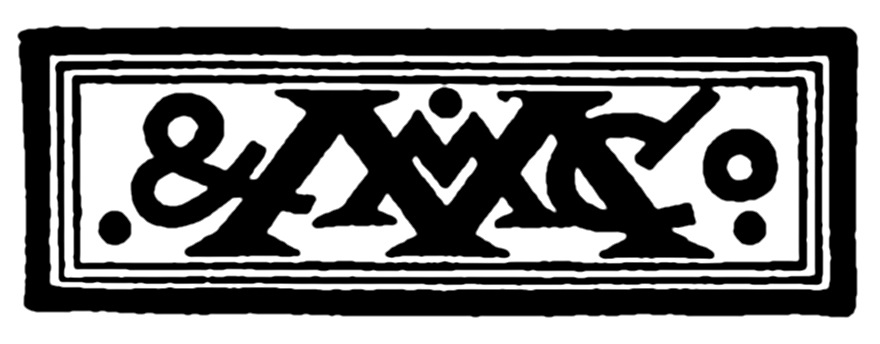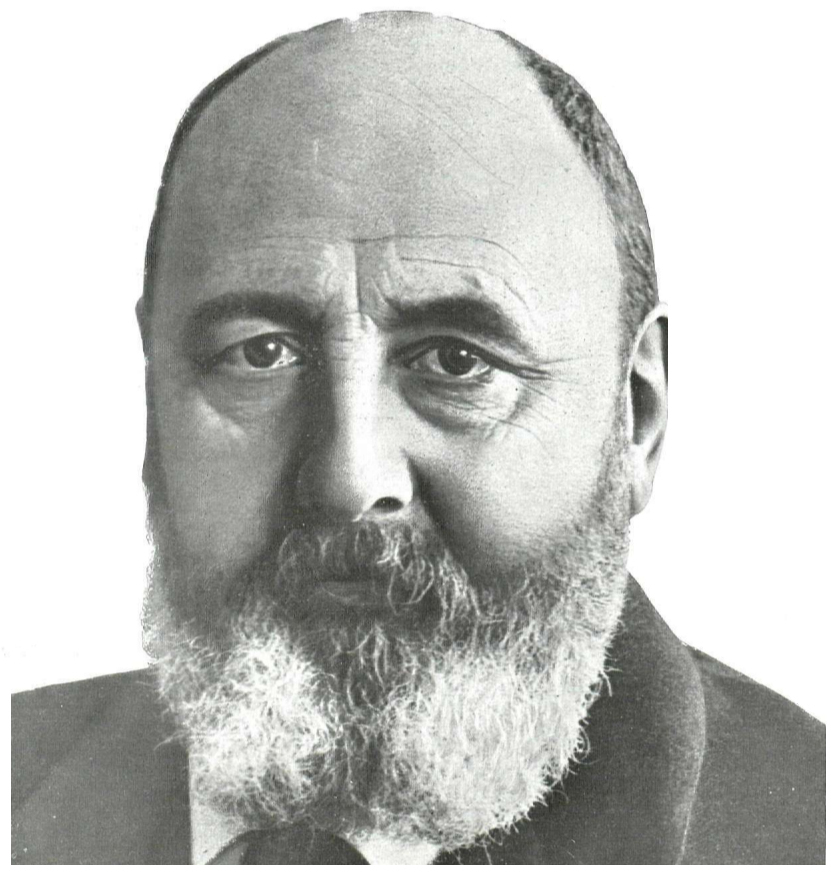|
Characteristic (biased Exponent)
In IEEE 754 Floating-point arithmetic, floating-point numbers, the exponent is biased in the biasing, engineering sense of the word – the value stored is offset from the actual value by the exponent bias, also called a biased exponent. Biasing is done because exponents have to be signed values in order to be able to represent both tiny and huge values, but two's complement, the usual representation for signed values, would make comparison harder. To solve this problem the exponent is stored as an unsigned value which is suitable for comparison, and when being interpreted it is converted into an exponent within a signed range by subtracting the bias. By arranging the fields such that the sign bit takes the most significant bit position, the biased exponent takes the middle position, then the significand will be the least significant bits and the resulting value will be ordered properly. This is the case whether or not it is interpreted as a floating-point or integer value. The p ... [...More Info...] [...Related Items...] OR: [Wikipedia] [Google] [Baidu] |
IEEE 754
The IEEE Standard for Floating-Point Arithmetic (IEEE 754) is a technical standard for floating-point arithmetic originally established in 1985 by the Institute of Electrical and Electronics Engineers (IEEE). The standard #Design rationale, addressed many problems found in the diverse floating-point implementations that made them difficult to use reliably and Software portability, portably. Many hardware floating-point units use the IEEE 754 standard. The standard defines: * ''arithmetic formats:'' sets of Binary code, binary and decimal floating-point data, which consist of finite numbers (including signed zeros and subnormal numbers), infinity, infinities, and special "not a number" values (NaNs) * ''interchange formats:'' encodings (bit strings) that may be used to exchange floating-point data in an efficient and compact form * ''rounding rules:'' properties to be satisfied when rounding numbers during arithmetic and conversions * ''operations:'' arithmetic and other operatio ... [...More Info...] [...Related Items...] OR: [Wikipedia] [Google] [Baidu] |
IBM 704
The IBM 704 is the model name of a large digital computer, digital mainframe computer introduced by IBM in 1954. Designed by John Backus and Gene Amdahl, it was the first mass-produced computer with hardware for floating-point arithmetic. The IBM 704 ''Manual of operation'' states: The type 704 Electronic Data-Processing Machine is a large-scale, high-speed electronic calculator controlled by an internally stored program of the single address type. The 704 at that time was thus regarded as "pretty much the only computer that could handle complex math". The 704 was a significant improvement over the earlier IBM 701 in terms of architecture and implementation. Like the 701, the 704 used vacuum-tube logic circuitry, but increased the instruction size from 18-bit computing, 18 bits to 36-bit computing, 36 bits, the same as the memory's word size. Changes from the 701 include the use of magnetic-core memory instead of Williams tubes, floating-point arithmetic instructions, 15 ... [...More Info...] [...Related Items...] OR: [Wikipedia] [Google] [Baidu] |
Excess-K
Offset binary, also referred to as excess-K, excess-''N'', excess-e, excess code or biased representation, is a method for signed number representation where a signed number n is represented by the bit pattern corresponding to the unsigned number n+K, K being the ''biasing value'' or ''offset''. There is no standard for offset binary, but most often the ''K'' for an ''n''-bit binary word is ''K'' = 2''n''−1 (for example, the offset for a four-digit binary number would be 23=8). This has the consequence that the minimal negative value is represented by all-zeros, the "zero" value is represented by a 1 in the most significant bit and zero in all other bits, and the maximal positive value is represented by all-ones (conveniently, this is the same as using two's complement but with the most significant bit inverted). It also has the consequence that in a logical comparison operation, one gets the same result as with a true form numerical comparison operation, whereas, in ... [...More Info...] [...Related Items...] OR: [Wikipedia] [Google] [Baidu] |
Control Data Corporation
Control Data Corporation (CDC) was a mainframe and supercomputer company that in the 1960s was one of the nine major U.S. computer companies, which group included IBM, the Burroughs Corporation, and the Digital Equipment Corporation (DEC), the NCR Corporation (NCR), General Electric, Honeywell, RCA, and UNIVAC. For most of the 1960s, the strength of CDC was the work of the electrical engineer Seymour Cray who developed a series of fast computers, then considered the fastest computing machines in the world; in the 1970s, Cray left the Control Data Corporation and founded Cray Research (CRI) to design and make supercomputers. In 1988, after much financial loss, the Control Data Corporation began withdrawing from making computers and sold the affiliated companies of CDC; in 1992, CDC established Control Data Systems, Inc. The remaining affiliate companies of CDC currently do business as the software company Dayforce. Background: World War II – 1957 During World War II the Un ... [...More Info...] [...Related Items...] OR: [Wikipedia] [Google] [Baidu] |
Base (exponentiation)
In mathematics, exponentiation, denoted , is an operation involving two numbers: the ''base'', , and the ''exponent'' or ''power'', . When is a positive integer, exponentiation corresponds to repeated multiplication of the base: that is, is the product of multiplying bases: b^n = \underbrace_.In particular, b^1=b. The exponent is usually shown as a superscript to the right of the base as or in computer code as b^n. This binary operation is often read as " to the power "; it may also be referred to as " raised to the th power", "the th power of ", or, most briefly, " to the ". The above definition of b^n immediately implies several properties, in particular the multiplication rule:There are three common notations for multiplication: x\times y is most commonly used for explicit numbers and at a very elementary level; xy is most common when variables are used; x\cdot y is used for emphasizing that one talks of multiplication or when omitting the multiplication sign would ... [...More Info...] [...Related Items...] OR: [Wikipedia] [Google] [Baidu] |
Floating-point Representation
In computing, floating-point arithmetic (FP) is arithmetic on subsets of real numbers formed by a '' significand'' (a signed sequence of a fixed number of digits in some base) multiplied by an integer power of that base. Numbers of this form are called floating-point numbers. For example, the number 2469/200 is a floating-point number in base ten with five digits: 2469/200 = 12.345 = \! \underbrace_\text \! \times \! \underbrace_\text\!\!\!\!\!\!\!\overbrace^ However, 7716/625 = 12.3456 is not a floating-point number in base ten with five digits—it needs six digits. The nearest floating-point number with only five digits is 12.346. And 1/3 = 0.3333… is not a floating-point number in base ten with any finite number of digits. In practice, most floating-point systems use base two, though base ten (decimal floating point) is also common. Floating-point arithmetic operations, such as addition and division, approximate the corresponding real number arithmetic operations ... [...More Info...] [...Related Items...] OR: [Wikipedia] [Google] [Baidu] |
University Of Manchester
The University of Manchester is a public university, public research university in Manchester, England. The main campus is south of Manchester city centre, Manchester City Centre on Wilmslow Road, Oxford Road. The University of Manchester is considered a red brick university, a product of the civic university movement of the late 19th century. The current University of Manchester was formed in 2004 following the merger of the University of Manchester Institute of Science and Technology (UMIST) and the Victoria University of Manchester. This followed a century of the two institutions working closely with one another. Additionally, the university owns and operates major cultural assets such as the Manchester Museum, The Whitworth art gallery, the John Rylands Library, the Tabley House, Tabley House Collection and the Jodrell Bank Observatory – a UNESCO World Heritage Site. The University of Manchester Institute of Science and Technology had its origins in the Manchester Mechan ... [...More Info...] [...Related Items...] OR: [Wikipedia] [Google] [Baidu] |
The Macmillan Press Ltd
Macmillan Publishers (occasionally known as the Macmillan Group; formally Macmillan Publishers Ltd in the United Kingdom and Macmillan Publishing Group, LLC in the United States) is a British publishing company traditionally considered to be one of the "Big Five" English language publishers (along with Penguin Random House, Hachette, HarperCollins and Simon & Schuster). Founded in London in 1843 by Scottish brothers Daniel and Alexander MacMillan, the firm soon established itself as a leading publisher in Britain. It published two of the best-known works of Victorian-era children's literature, Lewis Carroll's ''Alice's Adventures in Wonderland'' (1865) and Rudyard Kipling's ''The Jungle Book'' (1894). Former Prime Minister of the United Kingdom, Harold Macmillan, grandson of co-founder Daniel, was chairman of the company from 1964 until his death in December 1986. Since 1999, Macmillan has been a wholly owned subsidiary of Holtzbrinck Publishing Group with offices in 41 coun ... [...More Info...] [...Related Items...] OR: [Wikipedia] [Google] [Baidu] |
Offset Binary
Offset binary, also referred to as excess-K, excess-''N'', excess-e, excess code or biased representation, is a method for signed number representation where a signed number n is represented by the bit pattern corresponding to the unsigned number n+K, K being the ''biasing value'' or ''offset''. There is no standard for offset binary, but most often the ''K'' for an ''n''-bit binary word is ''K'' = 2''n''−1 (for example, the offset for a four-digit binary number would be 23=8). This has the consequence that the minimal negative value is represented by all-zeros, the "zero" value is represented by a 1 in the most significant bit and zero in all other bits, and the maximal positive value is represented by all-ones (conveniently, this is the same as using two's complement but with the most significant bit inverted). It also has the consequence that in a logical comparison operation, one gets the same result as with a true form numerical comparison operation, whereas, in ... [...More Info...] [...Related Items...] OR: [Wikipedia] [Google] [Baidu] |
Octuple-precision Floating-point Format
In computing, octuple precision is a binary floating-point-based computer number format that occupies 32 bytes (256 bits) in computer memory. This 256-bit octuple precision is for applications requiring results in higher than quadruple precision. The range greatly exceeds what is needed to describe all known physical limitations within the observable universe or precisions better than Planck units. IEEE 754 octuple-precision binary floating-point format: binary256 In its 2008 revision, the IEEE 754 standard specifies a binary256 format among the ''interchange formats'' (it is not a basic format), as having: * Sign bit: 1 bit * Exponent width: 19 bits * Significand precision (arithmetic), precision: 237 bits (236 explicitly stored) The format is written with an implicit lead bit with value 1 unless the exponent is all zeros. Thus only 236 bits of the significand appear in the memory format, but the total precision is 237 bits (approximately 71 decimal digits: ). The bits ... [...More Info...] [...Related Items...] OR: [Wikipedia] [Google] [Baidu] |
Floating-point Arithmetic
In computing, floating-point arithmetic (FP) is arithmetic on subsets of real numbers formed by a ''significand'' (a Sign (mathematics), signed sequence of a fixed number of digits in some Radix, base) multiplied by an integer power of that base. Numbers of this form are called floating-point numbers. For example, the number 2469/200 is a floating-point number in base ten with five digits: 2469/200 = 12.345 = \! \underbrace_\text \! \times \! \underbrace_\text\!\!\!\!\!\!\!\overbrace^ However, 7716/625 = 12.3456 is not a floating-point number in base ten with five digits—it needs six digits. The nearest floating-point number with only five digits is 12.346. And 1/3 = 0.3333… is not a floating-point number in base ten with any finite number of digits. In practice, most floating-point systems use Binary number, base two, though base ten (decimal floating point) is also common. Floating-point arithmetic operations, such as addition and division, approximate the correspond ... [...More Info...] [...Related Items...] OR: [Wikipedia] [Google] [Baidu] |
Quadruple-precision Floating-point Format
In computing, quadruple precision (or quad precision) is a binary floating-point–based computer number format that occupies 16 bytes (128 bits) with precision at least twice the 53-bit double precision. This 128-bit quadruple precision is designed not only for applications requiring results in higher than double precision, but also, as a primary function, to allow the computation of double precision results more reliably and accurately by minimising overflow and round-off errors in intermediate calculations and scratch variables. William Kahan, primary architect of the original IEEE 754 floating-point standard noted, "For now the 10-byte Extended format is a tolerable compromise between the value of extra-precise arithmetic and the price of implementing it to run fast; very soon two more bytes of precision will become tolerable, and ultimately a 16-byte format ... That kind of gradual evolution towards wider precision was already in view when IEEE Standard 754 for Floating- ... [...More Info...] [...Related Items...] OR: [Wikipedia] [Google] [Baidu] |




